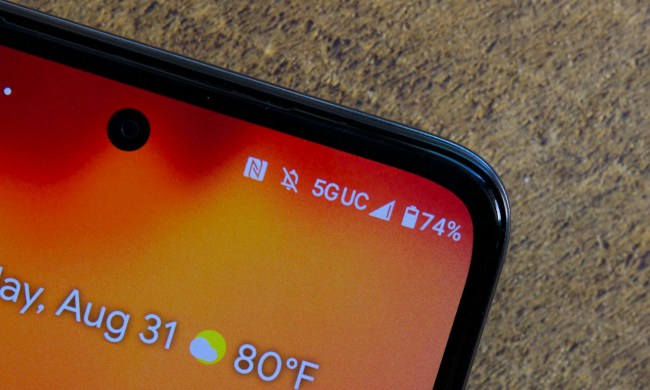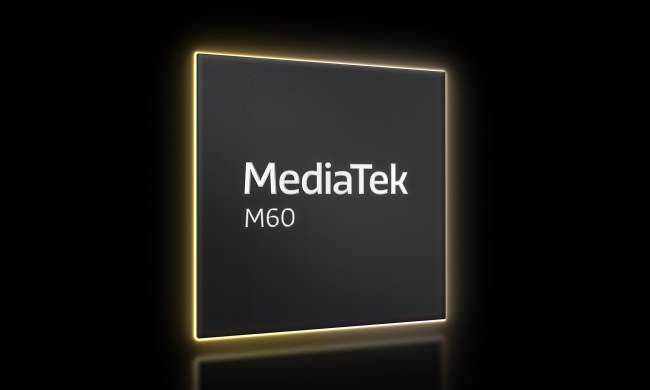AT&T has flipped the switch for its low-band 5G network in 10 new cities — double from what it promised last month. This coincides with the launch of AT&T’s Samsung Galaxy Note 10 Plus 5G, which is the network operator’s first true 5G device, on sale today for $1,300. It joins the small but growing list of 5G devices currently available, and AT&T plans to add more devices to the program soon.
AT&T subscribers who are on the Unlimited Extra or Unlimited Elite plans will be upgraded automatically to the new network at no additional charge. It’s available starting now in a handful of cities including San Francisco; San Jose, California; Pittsburgh; Birmingham, Alabama; Indianapolis; Los Angeles; Milwaukee; Pittsburgh; Providence, Rhode Island; Rochester, New York; and San Diego.
However, do note 5G still has a fairly limited reach and before jumping the gun, it’s best to go through these coverage maps to ensure your 5G support. In addition, browsing on 5G will cost you a much larger amount of data and you will be burning through those “unlimited” plans’ throttling caps much quicker than you do on LTE.
“We believe 5G technology will be game-changing, and we continue to help drive this next wave of innovation. We were the first in the U.S. to offer commercial mobile 5G, and this is the next step as we build to nationwide service in the first half of 2020,” Scott Mair, President of AT&T Technology Operations, said in a statement.
It’s also worth mentioning that the network AT&T is rolling out is on the low-band spectrum and doesn’t deliver the blazing fast 1Gbps+ of the higher frequency mmWave 5G like T-Mobile’s 600MHz network or Verizon’s mmWave 5G — though it’s still a considerable upgrade over 4G LTE. AT&T says that will come at a later date.
What’s more, AT&T said it expects to roll out the new 5G network to “Boston; Bridgeport, Connecticut; Buffalo, New York; Las Vegas; New York City, and other markets” in the first half of 2020.
AT&T’s launch marks a significant step toward a 5G future and is the first of the many announcements to come. With Qualcomm’s new Snapdragon 865 chipset, we expect more manufacturers to introduce 5G-compatible phones in 2020. Apple is rumored to announce a 5G edition iPhone at its next September unveil as well.


